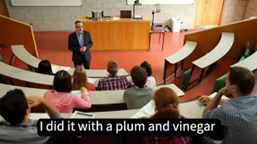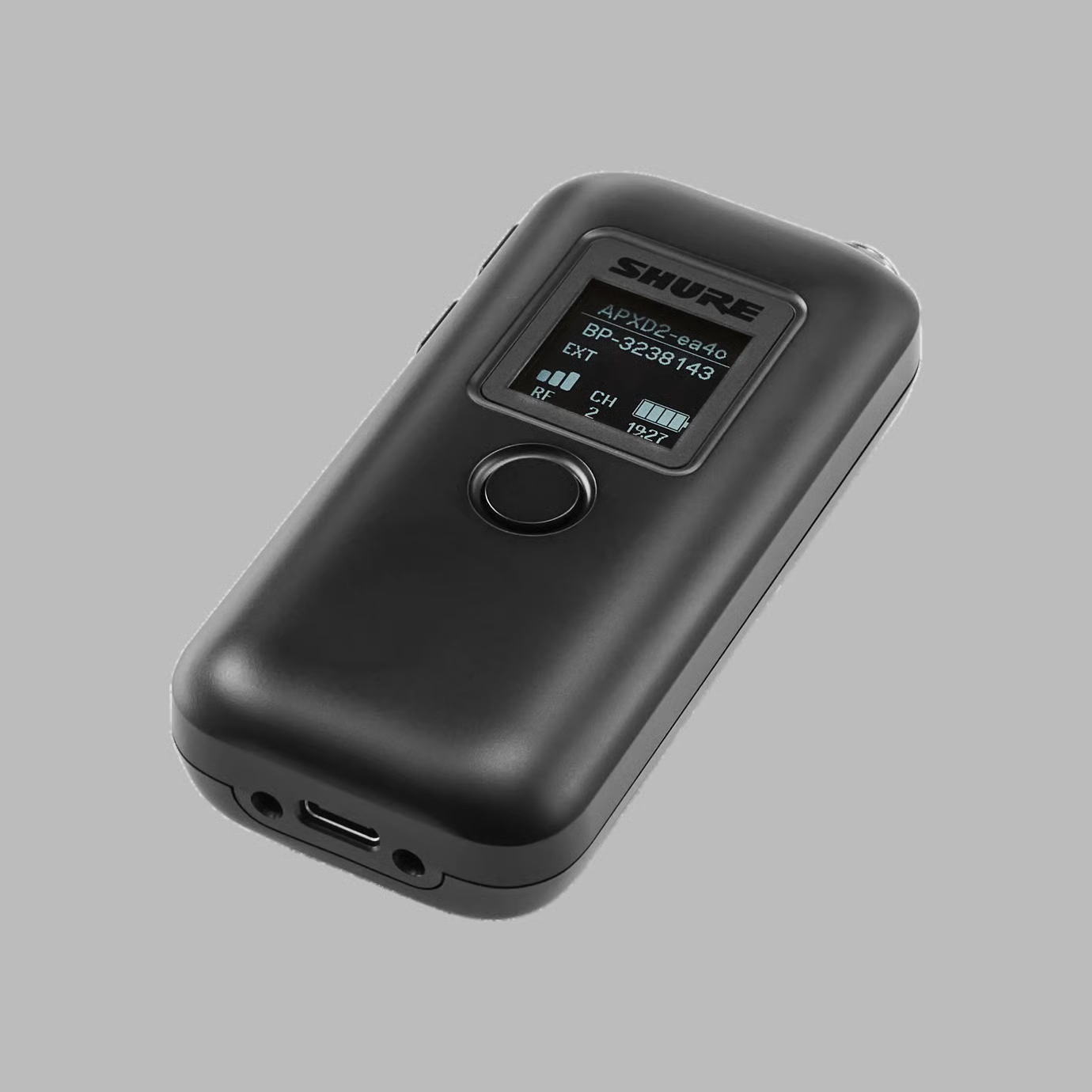Can you hear me?
I could have sworn I said, “I did it with aplomb and vigour”.
Do the closed captions and transcripts on lecture recordings truly reflect what was actually said? Read on to find out how to reduce errors and make your lecture recordings better for your students.

I could have sworn I said, “I did it with aplomb and vigour”.
Your students in the Lecture theatre might be able to hear you so why do the closed captions and transcripts on recordings seem to get it wrong? Q-Review and MS Teams both rely on audio from the microphones in the room to translate the spoken word into text using Automatic Speech Recognition. To ensure that the text is as accurate as possible both systems require a good quality recording. Unfortunately, microphones have a limited range at which they can capture sound clearly, and the further you move away from a microphone the poorer the quality of sound. So, the solution is to either stay near to the lectern that should have a goose neck microphone, or, in a larger teaching space, use one of the wireless microphones.
Both handheld and lapel microphones can be found in most larger teaching spaces, and instructions on how to use the lapel microphones can be found in the short video entitled Large Teaching Spaces from 4 minutes 53 seconds in.
There are newer lanyard-style microphones that are being deployed. You simply take them out of the docking cradle on the lectern and hang them around your neck. When you finish, place them back in the docking cradle to charge up for the next lecturer. If you forget to take it off, the microphone will start beeping when it gets out of range of the base, reminding you to return it. These can currently be found in the following rooms:
Mile End Bancroft Building - Rooms 1.13, 1.13a, & 1.15
Fogg Building - Room 1.01
Charterhouse Square Willoughby Lecture Theatre

Shure Lanyard Microphone
By using a wireless microphone, you can ensure that the audio recording is clear enough to make for more accurate closed captions and transcripts. But why is this important?
Primarily, accessibility. Some students depend on the closed captions and transcripts of lecture recordings after the lecture due to any number of accessibility reasons. Also, there’s the ability to search for a particular word, phrase, or topic that enables student to home in a particular section rather than scanning the whole recording for what might be only that essential minute of the lecture that unlocks their learning. So, if you see a wireless microphone, please put it on to make sure you can be heard properly by everyone.